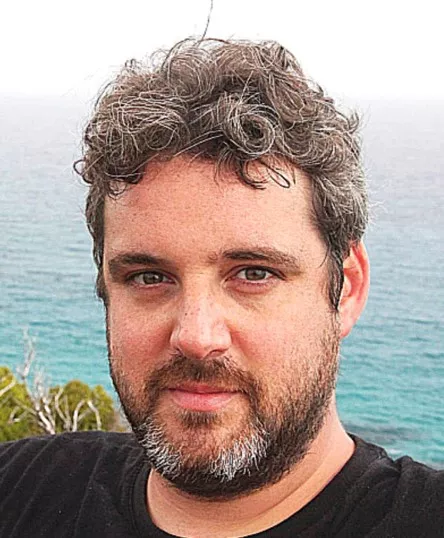Abstract: Selective Area Epitaxy of quantum materials by Philippe Caroff
Nanoscience Colloquium entitled "Selective Area Epitaxy of quantum materials"
Abstract:
Nanoscale hybrid III-V semiconductor/superconductor heterostructures are promising for advanced quantum transport physics, in particular as hosts to Majorana quasiparticles. Most work in the field has relied on Vapor-Liquid-Solid grown InAs or InSb nanowires, which require one-by-one manual placement to enable device fabrication, and are therefore impossible to scale-up. Selective-area epitaxy is promising as a scalable materials platform combining advantages of both VLS nanowires and planar 2DEG (along with some of their challenges), and will be the central topic of this presentation.
After a brief introduction to the context of topological quantum computing, with emphasis on the materials platform, we first show some recent examples of original geometries obtained by selective area epitaxy, but targeting other application areas such as photonics or nanoelectronics, and grown by MOVPE (ANU, Australia). We will then introduce a simple method we have recently developed to effectively obtain independent selectivity maps for group III and group V atoms, tailored for molecular beam epitaxy, with illustration in different binary systems/crystal orientations, especially InAs. Finally we will cover the highly promising high spin-orbit coupling InSb/Al SAG system and its standard characterizations by morphological, structural, compositional and electrical analyzes.


